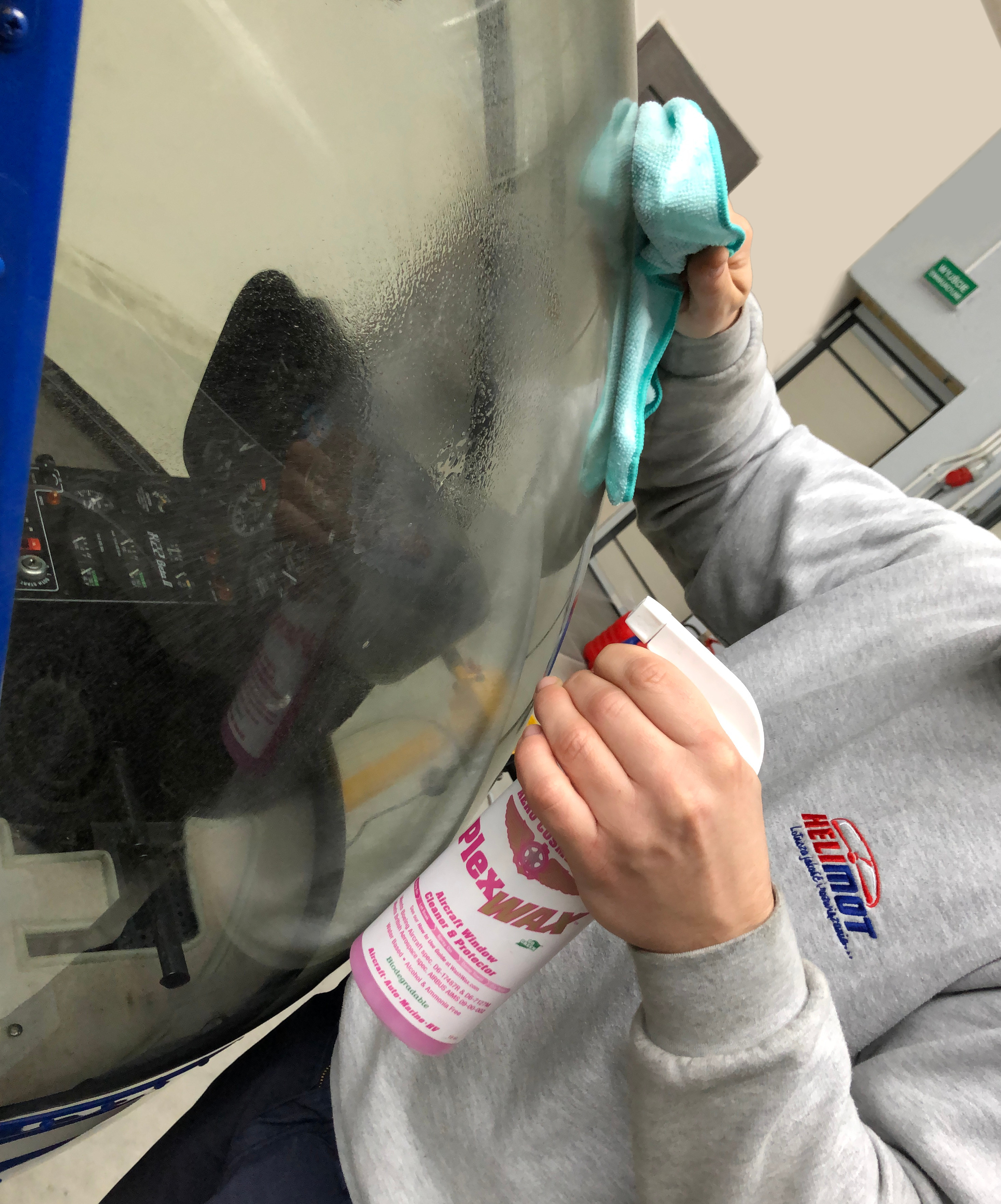Robinson Helicopter Company (RHC), the world's leading manufacturer of civilian helicopters, has received FAA...
- Home
-
Aviation store
-
Aircraft parts
- Aircraft parts
- Batteries
- To engine
-
Fasteners
- Temperature recorders
- Aviation lighting
-
Robinson R22
- Avionics
- Doors and windows
- Hull
- Controlling the flight
- Environmental control
- Ground handling
- Lighting
- Parking and storage
- Chassis
- Servicing
- Engine
- Special tools
- Motor control
- Instrument system
- Fuel system
- Plates and markings
- Paving and balancing
- Electrical system
- Main Rotor Drive System
- Tail rotor drive system
- Engine oil system
- Weight and balance
- Main rotor
- Tail rotor
- Equipment
-
Robinson R44
- Autopilot
- Avionics
- Doors and windows
- Hull
- Controlling the flight
- Environmental control
- Hydraulics
- Ground handling
- Lighting
- Parking and storage
- Chassis
- Servicing
- Engine
- Special tools
- Motor control
- Instrument system
- Fuel system
- Plates and markings
- Paving and balancing
- Electrical system
- Main Rotor Drive System
- Tail rotor drive system
- Engine oil system
- Weight and balance
- Main rotor
- Tail rotor
- Equipment
-
Robinson R66
- Autopilot
- Avionics
- Doors and windows
- Hydraulics
- Hull
- Environmental control
- Controlling the flight
- Ground handling
- Lighting
- Parking and storage
- Chassis
- Servicing
- Engine
- Special tools
- Motor control
- Instrument system
- Fuel system
- Plates and markings
- Paving and balancing
- Electrical system
- Main Rotor Drive System
- Tail rotor drive system
- Engine oil system
- Weight and balance
- Main rotor
- Tail rotor
- Equipment
- Aviation chemistry
- Cleaning cloths and rags
- Paints and primers, painting accessories
- Abrasive sheets and fleeces
- Oils and greases
- Tools
- Aviation accessories and gadgets
-
Aircraft parts
- Lycoming engines
- SERVICE R22 R44 R66
- Helicopter Transport
- Blog
- About us
- New products
Latest posts
-
 FAA Approval to Double the Life of Select Robinson R66 ComponentsRead more
FAA Approval to Double the Life of Select Robinson R66 ComponentsRead more -
 50th Anniversary of Robinson Helicopter Company06/20/2023Read more
50th Anniversary of Robinson Helicopter Company06/20/2023Read moreToday, June 20, 2023, marks 50 years since Robinson Helicopter...
-
 Can the oil in an aircraft piston engine be refilled with another brand of oil?11/21/2022Read more
Can the oil in an aircraft piston engine be refilled with another brand of oil?11/21/2022Read moreVery often pilots ask us if they can use another brand of oil, e.g. for a top-up.The answer is...
-
 Is the Robinson R66 helicopter safer than the R44?05/13/2022Read more
Is the Robinson R66 helicopter safer than the R44?05/13/2022Read moreIs the Robinson R66 helicopter safer than the R44?
-
 FAA approves stick guard11/15/2021Read more
FAA approves stick guard11/15/2021Read moreThe safety-enhancing stick guard is FAA approved for...
-
 Robinson R44 Service Bulletin SB-108 also became an Airworthiness Directive (FAA AD 2021-19-8)09/09/2021Read more
Robinson R44 Service Bulletin SB-108 also became an Airworthiness Directive (FAA AD 2021-19-8)09/09/2021Read moreRobinson R44 Service Bulletin SB-108 is now an FAA AD!
-
 How to properly clean plastic windows in a helicopter or plane04/11/2021Read more
How to properly clean plastic windows in a helicopter or plane04/11/2021Read moreWith the summer season approaching, it is worth taking care of aircraft windows.As we know, the summer season is a...
-
 World record with Robinson R2202/15/2021Read more
World record with Robinson R2202/15/2021Read moreOn September 22, 1990, in Red Bluff, California (USA) the "speed challenge" took place - an attempt to set a speed...
-
 Robinson R22 / R44 / R66 On-Board Camera02/11/2021Read more
Robinson R22 / R44 / R66 On-Board Camera02/11/2021Read moreRobinson's cockpit video camera debuted at last year's Heli Expo 2020 - it is now an optional extra on R22/R44...
-
 Lithium-ion battery available for Robinson R4402/03/2021Read more
Lithium-ion battery available for Robinson R4402/03/2021Read moreRobinson Helicopter Company recently added the TB17 lithium-ion battery to the R44 option...
Blog categories
Search in blog
Is the Robinson R66 helicopter safer than the R44?
Some pilots refuse to fly piston-engined helicopters, preferring turbine-powered machines. Their argument is that turbine engines are much less likely to fail in flight than piston engines.
Does this mean that the Robinson R66 with its Rolls-Royce turbine engine is a safer helicopter than the Robinson R44 with its Lycoming piston engine?
Not according to Robinson.
Robinson has for years taken the contrarian view, suggesting that pilots are actually safer in piston-powered helicopters. While the large turbine engines used in passenger planes are incredibly reliable, the small turbine engines used in helicopters are not.
According to Robinson, accident statistics favor piston helicopters.
Turbine engines have a reputation for being extremely reliable, but physically small turbines, such as those used in low-power helicopter engines, are subject to high thermal loads and are not as reliable as the turbines in, for example, Airbus aircraft. Piston engines are notorious for their failure rates, but that's a theory that comes from the days when engines were run at 100 percent power. The R44 demonstrates the greatest reliability that can be obtained from a piston engine. The Robinson R66 and similar light turbine helicopters demonstrate the least reliability that can be obtained from a turbine engine, especially when you consider the need for a very advanced gearbox (the turbine spins at up to 50,000 rpm; the helicopter rotor spins at about 400 rpm).
Robinson has always sidestepped the subject, saying nothing about the lower reliability of the R66 or the higher reliability of the R44.
The decision to use a turbine engine really had nothing to do with reliability. The data showed that the Lycoming 0-540 in the R44 was extremely reliable.
If Robinson believed that small turbine engines were less reliable than piston engines, why did Robinson introduce a turbine helicopter in the first place?
According to Robinson, the market needed a helicopter with better high-altitude performance and a better power-to-weight ratio. Many customers wanted a helicopter that could use jet fuel, as avgas was becoming increasingly difficult to obtain in some parts of the world. Only a turbine-powered helicopter could meet these requirements.
In short, spending a lot more money on the R66 would not provide an additional margin of safety.
In fact, if you believe what Robinson has been saying about small turbine engines for the past twenty years, the R66 should prove less reliable, and therefore less safe, than Robinson's cheaper piston version.
Related posts
-
 HOW TO UNLOCK A BURNED SCREW?
Posted in: Helimot11/02/2020HOW TO UNLOCK A BURNED SCREW?Read more
HOW TO UNLOCK A BURNED SCREW?
Posted in: Helimot11/02/2020HOW TO UNLOCK A BURNED SCREW?Read more -
 Are You Unconsciously Reducing Your Helicopter's Efficiency and Shortening the Life of Your Blades?
Posted in: Helimot11/12/2020Blade Cleaning and Maintenance...Read more
Are You Unconsciously Reducing Your Helicopter's Efficiency and Shortening the Life of Your Blades?
Posted in: Helimot11/12/2020Blade Cleaning and Maintenance...Read more -
 NEW ROBINSON WINDOWS. DOES THIS MEAN THAT THE STANDARD WINDOW IS NOT RESISTANT TO ANY BIRD IMPACT?
Posted in: Helimot11/17/2020Robinson's impact-resistant windshields improve bird strike protection. Robinson has introduced...Read more
NEW ROBINSON WINDOWS. DOES THIS MEAN THAT THE STANDARD WINDOW IS NOT RESISTANT TO ANY BIRD IMPACT?
Posted in: Helimot11/17/2020Robinson's impact-resistant windshields improve bird strike protection. Robinson has introduced...Read more -
 Everything you need to know about vibration in a helicopter
Posted in: Helimot11/18/2020Everything you need to know about vibration in a helicopter...Read more
Everything you need to know about vibration in a helicopter
Posted in: Helimot11/18/2020Everything you need to know about vibration in a helicopter...Read more -
 WHAT IF I EXCEED THE MANIFOLD PRESSURE LIMIT?
Posted in: Helimot11/19/2020Have you exceeded your manifold pressure limit? What now? Do I need an inspection?No, there is no need to call a...Read more
WHAT IF I EXCEED THE MANIFOLD PRESSURE LIMIT?
Posted in: Helimot11/19/2020Have you exceeded your manifold pressure limit? What now? Do I need an inspection?No, there is no need to call a...Read more

Leave a comment